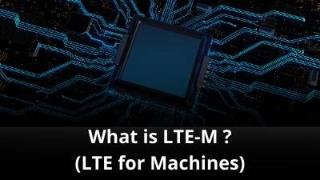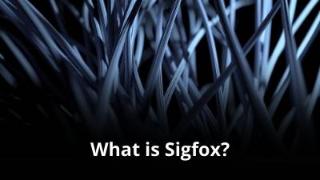Introduction about the Weightless IOT Network
Weightless is a long-range, low-power wireless communication technology specifically designed for Internet of Things (IoT) applications. It operates in the unlicensed sub-GHz spectrum, allowing for extensive coverage and low energy consumption. This makes it an ideal choice for devices that need to transmit small amounts of data infrequently, such as sensors in remote locations.
Weightless offers a unique combination of features, including long battery life, robust network performance, and scalability, making it a promising technology for a wide range of IoT applications.
The Weightless Spectrum
Weightless operates primarily in the unlicensed spectrum, offering the advantages of global availability and cost-effectiveness. By utilizing unlicensed frequency bands, Weightless avoids the complexities and expenses associated with spectrum licensing, making it an attractive option for a wide range of IoT deployments. The specific frequency bands used for Weightless vary depending on regional regulatory frameworks. For instance, in Europe, the 868 MHz band is commonly employed, while in the United States, the 902 MHz band is more prevalent. This flexibility in spectrum choice enables Weightless networks to be deployed in different geographical regions without significant modifications.

The Weightless Coverage

Weightless is designed for wide-area coverage, enabling devices to communicate over long distances. The exact range can vary depending on factors such as terrain, urban environment, and network infrastructure. However, Weightless offers a competitive range compared to other LPWA technologies, making it suitable for various IoT applications that require broad coverage.
The Weightless Data Rates
Weightless is unique in offering a range of data rates to accommodate different IoT requirements. With multiple standards under the Weightless umbrella, it provides flexibility in choosing the appropriate data rate for specific applications. From low data rates for basic sensor data to higher data rates for more complex use cases, Weightless offers a spectrum of options. This adaptability sets Weightless apart from other LPWA technologies that typically focus on a specific data rate range.

The Weightless Power Consumption

Power consumption is a critical factor for IoT devices, and Weightless addresses this by offering various power-saving modes. The technology is designed to optimize energy consumption, enabling devices to operate on batteries for extended periods. While the specific power consumption varies depending on the chosen Weightless standard and operating conditions, the overall focus on energy efficiency makes Weightless suitable for applications with stringent power constraints.
The Weightless Cost
The cost of Weightless solutions can vary depending on the specific implementation and the chosen standard. While it may not be the lowest-cost LPWA option available, Weightless offers a competitive cost structure. The balance between data rates, range, and power consumption can influence the overall cost of a Weightless deployment.

The Weightless Reliability and Availability

Weightless prioritizes reliability and availability. The technology incorporates error correction codes and other mechanisms to ensure data integrity and minimize transmission errors. While network coverage and performance can be influenced by factors such as terrain, interference, and network infrastructure, Weightless aims to provide a robust and dependable communication platform.
The Weightless Security
Security is a crucial aspect of IoT deployments, and Weightless includes security features to protect data and devices. The technology employs encryption and authentication mechanisms to prevent unauthorized access and data tampering. However, the specific security features and implementation can vary depending on the Weightless standard and network operator.

The Weightless Speed

Weightless offers a range of data rates, providing flexibility in choosing the appropriate speed for different applications. While it may not achieve the same high data rates as cellular technologies, Weightless can deliver sufficient speeds for many IoT use cases. The ability to select the right data rate allows for optimization of power consumption and range.
What are the advantages and disadvantages?
Advantages:
- Flexibility in data rates
- Long range
- Low power consumption
- Suitable for various IoT applications
- Potential for high data rate options
- Open standard
Disadvantages:
- Relatively new technology with smaller market penetration compared to established LPWA technologies
- Complexity due to multiple standards
- Potential for higher costs compared to some LPWA options
- Network coverage might be less extensive in certain regions
Type of Applications
Weightless’ versatility makes it suitable for a wide range of IoT applications. It can be used in smart cities, agriculture, logistics, industrial IoT, and other sectors. The ability to choose the appropriate data rate and power consumption profile allows Weightless to address diverse IoT requirements.

Frequently Asked Questions
1. What is the difference between the different Weightless standards?
The Weightless family includes multiple standards with varying data rates, ranges, and power consumption characteristics. The choice of standard depends on the specific application requirements.
2. Is Weightless suitable for indoor applications?
Yes, Weightless can be used for indoor applications, although the performance might be affected by building materials and interference.
3. How does Weightless compare to LoRaWAN and Sigfox?
Weightless offers a wider range of data rates compared to LoRaWAN and Sigfox, making it more flexible for different IoT applications. However, LoRaWAN and Sigfox may have more established ecosystems and wider network coverage in some regions.
4. What is the maximum range of Weightless?
The maximum range of Weightless can vary depending on the standard and environmental conditions. Generally, it offers competitive range compared to other LPWA technologies.
5. Is Weightless suitable for real-time applications?
While Weightless can support some real-time applications, the specific requirements of the application will determine its suitability. Higher data rate standards within the Weightless family are better suited for real-time use cases.
Summary
Weightless presents a compelling proposition in the LPWA landscape. Its flexibility in terms of data rates and power consumption makes it a versatile option for a wide range of IoT applications. While the technology may be relatively new compared to established players like LoRaWAN and Sigfox, its potential to address diverse IoT requirements is promising. As the Weightless ecosystem continues to grow and mature, it is likely to gain more traction in the IoT market.










